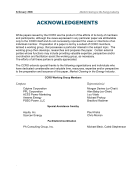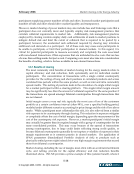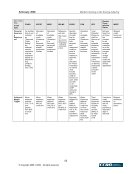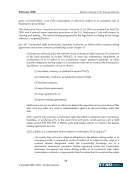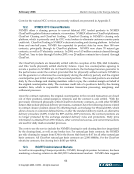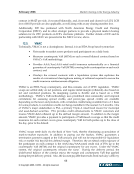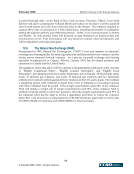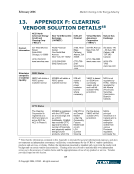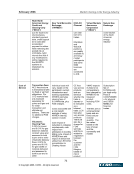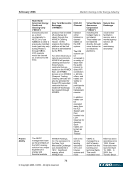February 2006 Market Clearing in the Energy Industry 47 © Copyright 2006, CCRO. All rights reserved. BREAKDOWN OF CLEARED COST OF CARRY CREDIT EXPOSURE Breakdown Cleared cost of carry credit exposure Counterparty default Collateral/margin posting Liquidity cost Transaction cost 36.7bp 25.2bp 10bp 1bp 0.5bp 1. Payment Netting • Payment netting reduces liquidity costs by 80% or 4bp (80%x5bp) o Liquidity cost after payment netting is then 1bp. • Payment netting reduces operational/transaction cost by 50% or 0.5 bp (50%*1bp). o Operational/transaction cost after payment netting is then 0.5bp. 2. Collateral Netting • Collateral netting reduces collateral requirement by 50% or 10bp. (This is a conservative estimate of collateral requirement reduction of 50%, because both NYMEX and ICE claim collateral reduction up to 75%). o Collateral/margin cost after collateral netting is then 10bp. 3. Multilateral closeout netting • A closeout netting clause would reduce credit default cost by estimated 20% or 17bp. 4. Multilateral Netting by novation • Multilateral netting reduces default cost by at least 50% or 42bp. o Again this is a conservative estimate, since in multilateral netting by novation the only credit risk is that of the clearinghouse • Liquidity cost is also reduced, but already captured in payment netting. o Default cost after multilateral netting and closeout netting is then 25.2bp.
Purchased by unknown, nofirst nolast From: CCRO Library (library.ccro.org)


